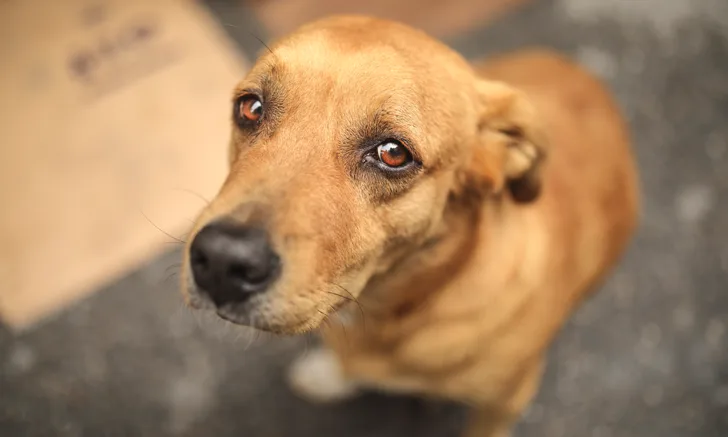Effectiveness of Single-Dose Fluralaner in Canine Demodicosis
Paul Bloom, DVM, DABVP, DACVD, Allergy, Skin, & Ear Clinic for Pets, Livonia, Michigan

In the Literature
Hoshino T, Akita T, Sugeno A, Okamura T, Machida Y, Nagata M. Long-term follow-up of a single dose of fluralaner in nine dogs with demodicosis. Vet Dermatol. 2021;32:368-e102.
The Research …
Twenty-six dogs with demodicosis (9 juvenile onset, 17 adult onset; 8 localized, 18 generalized) were administered one dose of oral fluralaner and followed for at least 12 months. Skin scrapings were performed once monthly for 3 months, at which time all dogs tested negative for mites. Seventeen dogs were excluded from the one-year follow-up: 13 dogs were excluded because additional doses of an isoxazoline were administered per owner request, and 4 dogs died from causes unrelated to fluralaner administration. The remaining 9 dogs (3 juvenile onset, 6 adult onset; 3 localized, 6 generalized) were followed over a period ranging from 13 to 45 months. None of these 9 dogs had recurrence of demodicosis.
Although it may appear that one dose of fluralaner can successfully treat all forms of canine demodicosis, it should be noted that only 9 out of 26 dogs successfully completed the study. It is more appropriate to evaluate success using intent-to-treat analysis rather than per-protocol analysis.1 With the former situation, any dog enrolled in the study and subsequently eliminated would be considered a failure; in the latter situation, only dogs that completed the exact protocol would be included. The success rate of one dose of oral fluralaner is 34% when intent-to-treat analysis is used and 100% when per-protocol analysis is used.
Of additional concern is that only 8 out of 26 dogs had localized demodicosis. These dogs were enrolled because they either had progressive disease or were refractory to previous therapy; however, despite disease progression, demodicosis remained localized. It is important to note that only 3 of 8 dogs with localized disease were successfully treated; others dropped out. Because localized demodicosis has a high self-cure rate, it is impossible to accurately determine the effectiveness of this protocol in these dogs.
… The Takeaways
Key pearls to put into practice:
One dose of oral fluralaner is a safe and effective treatment for all forms of canine demodicosis; however, one dose may not be adequate for long-term remission.
In contrast to a previous study in which all clinical signs of canine demodicosis had resolved by day 56,2 up to 90 days were required, in this study, before all skin scrapings were negative and all skin lesions had resolved in some dogs. Patience is thus warranted before considering changing therapies.
Identification and treatment of the underlying cause of adult-onset generalized demodicosis can decrease the failure rate.
You are reading 2-Minute Takeaways, a research summary resource presented by Clinician’s Brief. Clinician’s Brief does not conduct primary research.